Date
Publisher
arXiv
Crossword puzzles are popular linguistic games often used as tools to engage
students in learning. Educational crosswords are characterized by less cryptic
and more factual clues that distinguish them from traditional crossword
puzzles. Despite there exist several publicly available clue-answer pair
databases for traditional crosswords, educational clue-answer pairs datasets
are missing. In this article, we propose a methodology to build educational
clue generation datasets that can be used to instruct Large Language Models
(LLMs). By gathering from Wikipedia pages informative content associated with
relevant keywords, we use Large Language Models to automatically generate
pedagogical clues related to the given input keyword and its context. With such
an approach, we created clue-instruct, a dataset containing 44,075 unique
examples with text-keyword pairs associated with three distinct crossword
clues. We used clue-instruct to instruct different LLMs to generate educational
clues from a given input content and keyword. Both human and automatic
evaluations confirmed the quality of the generated clues, thus validating the
effectiveness of our approach.
What is the application?
Who is the user?
Why use AI?
